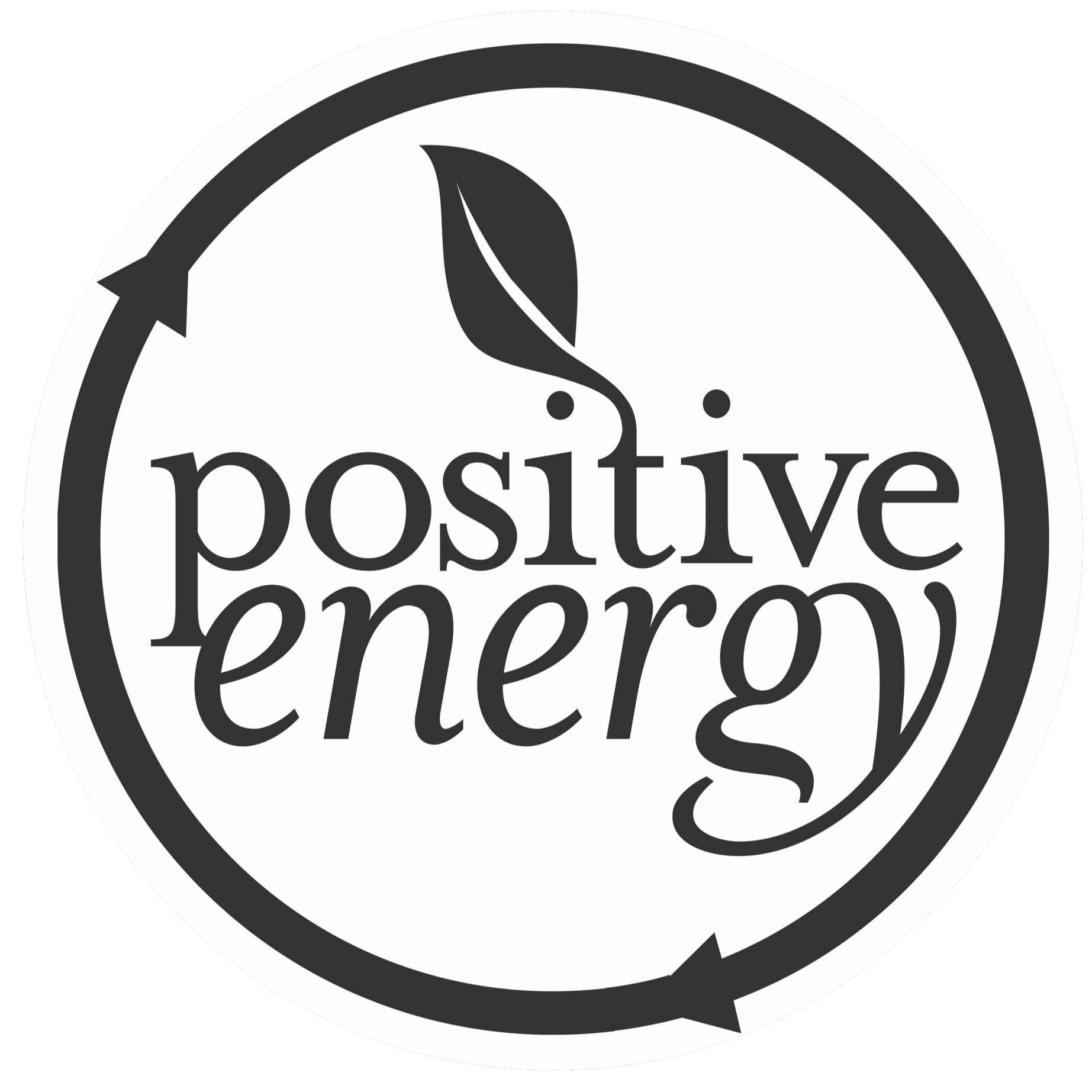Designing Public Buildings For Adaptive Use
By Kristof Irwin and M. Walker
Ours is the indoor generation. We spend the vast majority of our lives in indoor environments of our own making. What if these environments were viewed as highly functional systems to provide for human health, comfort and well-being? This was where the societal conversation existed when it ran into a head-on collision with the Novel Coronavirus pandemic. At this point, we find ourselves at a profound inflection point, ruminating on what will change in our society as we move forward.
This experience will bring with it a paradigm transformation, and not only for the AEC industry and the way we design and construct our built environments, but for the entire world’s outlook. We are becoming more aware than ever of the impact of individual actions on global events. We have seen the absence of human activity across the world quickly transform ecosystems and reduce pollution. And we are also becoming more aware than ever of the need to establish measurable health outcomes for our projects as a crucial consideration in sustainable design processes. This awareness comes from the realization that the invisible life that occurs in the built environment has tangible health impacts and we experience exposure wherever we spend time indoors.
At Positive Energy, we have been advocating for healthier homes for over a decade. Now we want to expand our thinking and explore other areas of impact, but with a continued focus on healthy outcomes for occupants. Recently, we’ve been thinking about how architecture and engineering teams can innovate the design approach to public buildings.
How can we approach the design of public building types so they can be more adaptive in extreme situations like the one we’re in now? Imagine a paradigm wherein public buildings are designed with programming changes in mind, ready to accommodate our communities’ needs in public health emergencies. For example, we are currently experiencing a shortage of hospital facilities across the country in the midst of the global Novel Coronavirus pandemic, and for the same reasons we have many empty schools sitting idle, unused.
Photo by Samuel Scalzo on Unsplash
So what prevents us from converting schools into medical facilities or recovery centers?
There are many factors preventing such flexibility - the architectural programming of the building itself, the filtration and ventilation levels required of each respective building type, flexible materials and space use, funding sources/requirements, etc. But we all know that in times of great trial come moments of innovation, as has been evidenced throughout our history. What’s not so clear is exactly how we shift the thought paradigm.
In good news, there has been an outpouring of renewed support for experts across the sciences in the scramble to discover the nature of this virus. Studies have been sharing their results rapidly. We recently looked at ASHRAE’s guidance article, titled “Guidance for Building Operations During the COVID-19 Pandemic,” By Lawrence J. Schoen, P.E., Fellow/Life Member ASHRAE, and found it both illuminating and instructive:
The HVAC systems in most non-medical buildings play only a small role in infectious disease transmission, including COVID-19…
Other public buildings, considered essential to varying degrees, remain open. These include food, hardware and drug stores, and of course, hospital and health-care facilities (which are beyond the scope of this article). Anecdotally, some universities are allowing some or all faculty, staff and graduate students to conduct essential research and online classes. Banks and other service organizations are open to staff and are receiving customers by appointment only, and private and government workplaces are open with work at home for some or all encouraged or mandated.
For those buildings that remain open, in addition to the policies described above, non-HVAC actions include:
—Increase disinfection of frequently touched surfaces.9
—Install more hand sanitation dispensers, assuming they can be procured.
—Supervise or shut down food preparation and warming areas, including the office pantry and coffee station.
—Close or post warning signs at water fountains in favor of bottle filling stations and sinks, or even better, encourage employees to bring their water from home.
Once the basics above are covered, a few actions related to HVAC systems are suggested, in case some spread of the virus can be affected:
—Increase outdoor air ventilation (use caution in highly polluted areas); with a lower population in the building, this increases the effective dilution ventilation per person.
——Disable demand-controlled ventilation (DCV).
——Further open minimum outdoor air dampers, as high as 100%, thus eliminating recirculation (in the mild weather season, this need not affect thermal comfort or humidity, but clearly becomes more difficult in extreme weather).
——Improve central10 air filtration to the MERV-1311 or the highest compatible with the filter rack, and seal edges of the filter12 to limit bypass.
——Keep systems running longer hours, if possible 24/7, to enhance the two actions above.
——Consider portable room air cleaners with HEPA filters.
——Consider UVGI (ultraviolet germicidal irradiation), protecting occupants from radiation,13 particularly in high-risk spaces such as waiting rooms, prisons and shelters.
What this guidance paper intelligently expresses is the thought paradigm that we’re currently operating in, looking at how we can use our knowledge of buildings, building science, and existing medical infrastructure to flatten the epidemic curve. This is the pre-corona-virus paradigm and its information is crucial to our society’s ability to curb the current outbreak and bring back a relative level of global stability. But as we know, as it has disrupted our entire society’s normal function, there is sufficient cause for us to rethink our societal priorities and strategic methodologies for bringing buildings into the world. We need to reevaluate the ways our buildings can serve in times of need. Now is the time to ask a different set of questions about the future of the built world and how it comes to life in the coming years.
What if we could change our necessary infrastructure to flexibly and adaptively increase our medical facility capacity when needed? What if we could change the impact of a disease curve itself by raising the line of hospital capacity? What would that look like? Can we program a school to flex into a field hospital when needed? What are the other potential solutions we’re not even imagining yet?
Graphic by Gensler, data source ProPublica
The answers are certainly architectural and engineering challenges with big implications for our future. Thinking differently about buildings is essential as the global health landscape shifts. Asking better questions is the toughest job architects and engineers will face. But the real question still remains - who will be the first to tackle this problem and produce results? Let us know if you’re the architecture firm that wants to take this on. We’re ready to engineer it.



